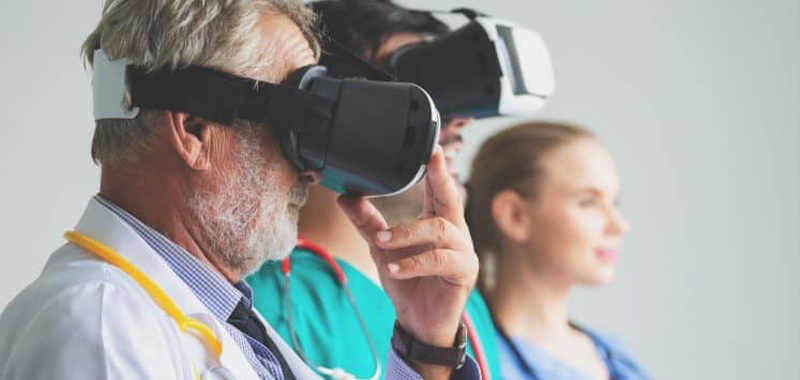
SAFETY project aims to renew the existing training offer and to overcome training gaps, making practitioners safer and ready to operate in real emergency conditions or collaborate with companies involved in the development of medical simulation tools.
Medical simulation is a medical training technique in which a medical situation is simulated, and students are given the opportunity to learn from the simulation experience. In addition to being used for training, medical simulation is also used in testing, with medical students handling model cases to demonstrate their skills to instructors or certifying authorities. The medical simulation process has become quite sophisticated and is continuously improving.
Many people agree that the best way to learn medicine is to practice it. However, this is not always an option. Medical simulation allows people to practise medicine in circumstances like those encountered in real life, but without the risk of making a mistake that could kill or maim a patient. This experience can also help medical students prepare to deal with real patients and emergencies.
In some medical simulations, an actor plays the part of a patient, describing the patient’s symptoms and condition. The medical student develops a treatment plan for the patient and the actor gives feedback on whether the treatment works or not. Sometimes, the actor may be made up with moulage, make-up that simulates medical injuries. The trainee is evaluated according to how he/she responded to the situation.
Dummies can also be used in medical simulation. Manikins can range from quite simple manikins used in basic CPR classes to complex surgical manikins, known as human patient simulators. A surgical manikin can breathe and bleed just like a normal patient, allowing students to practice surgical procedures with a “patient” who will respond. The dummies can also record data on student performance that can be used later in assessments.
As well as creating individual patients for medical students to work with, medical simulation can also be used to generate complete situations, such as accidents, national emergencies and so on. This gives medical students the ability to cope with situations that can become very chaotic very quickly and encourages students to work together and improve communication skills with other doctors, emergency services, public officials and other people who may be involved in a large-scale situation in the real world.
Medical students often encounter medical simulations during their training and people also engage in medical simulations in further education. Emergency services, for example, may simulate medical catastrophes such as multiple vehicle collisions and train wrecks to practise skills. Simulations provide people with an experience as close to the real world as possible, without putting patients at risk.
Stay tuned for the latest news from the SAFETY project!
Written by Antonio Scrocco, Infotech team, Italy



